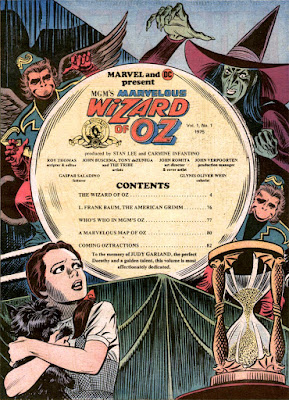Fairly early in their career (around the late 1960s), the Avengers had certain misgivings about offering membership to Natalia Alianovna "Natasha" Romanova, better known in espionage circles as the Black Widow, in part because of her various activities in her femme fatale days that saw her joining forces with the Swordsman and Power Man but also those instances where she followed directives to commit acts of sabotage and theft against Tony Stark's munitions plant. But even after coming to terms with her past and defecting from the Soviet Union, her covert missions on behalf of S.H.I.E.L.D. tended to raise suspicion that she was once again acting in accordance with directives from her former government--a likelihood that even the man she was seeing romantically (Hawkeye, himself an Avenger) couldn't disprove as he was also kept in the dark about her missions.
For a time, then, the Avengers' loss was Nick Fury's gain, as SHIELD continued to benefit from her skill set as a spy. Eventually, however, Natasha changed course, gave herself a new look and lapsed into the life of an international jet-setter before deciding to pursue individual adventures as the Black Widow, and, later, a partnership (and romantic involvement) with Daredevil. And when the time came when the Avengers were seeking assistance in battling the threat of Magneto, the two agreed to help out in the pinch--after which, membership was offered to both, but only Natasha accepted, if only briefly.
For after the team met and defeated an attack from the Lion God, their newest member had second thoughts about remaining.
Such admissions (much like those of Spider-Man in his early days of pursuing Avengers membership) seemed to close the door on Natasha ever choosing to rejoin the Avengers in an active capacity; nevertheless, for a time, several writers of the book continued to flirt with the notion in one way or another, particularly after her relationship with Daredevil had run its course.



































